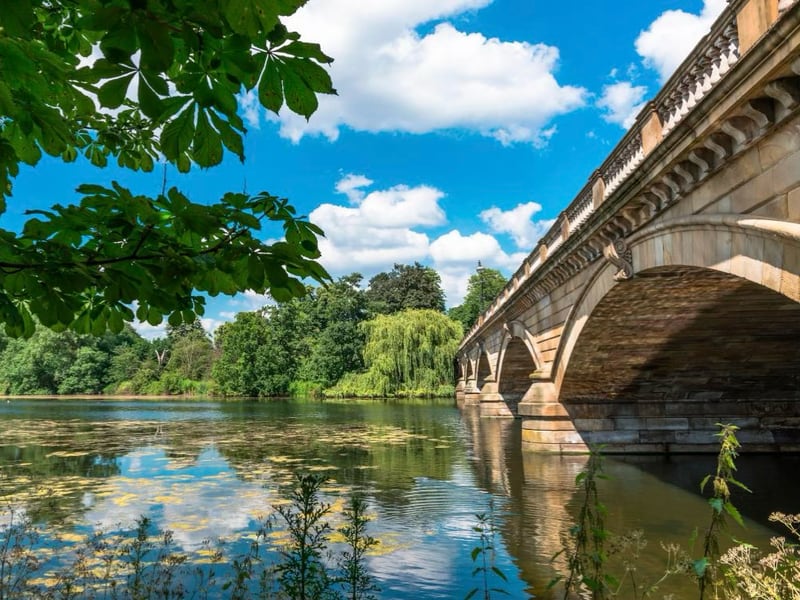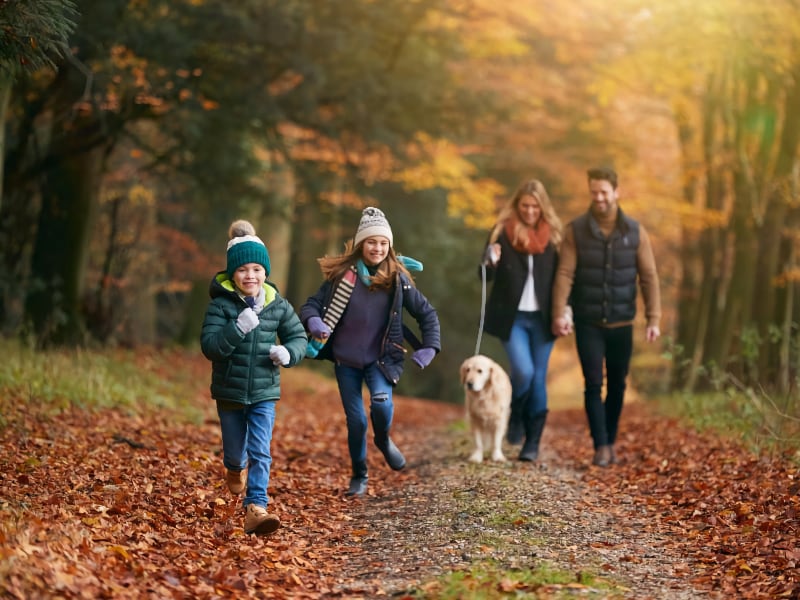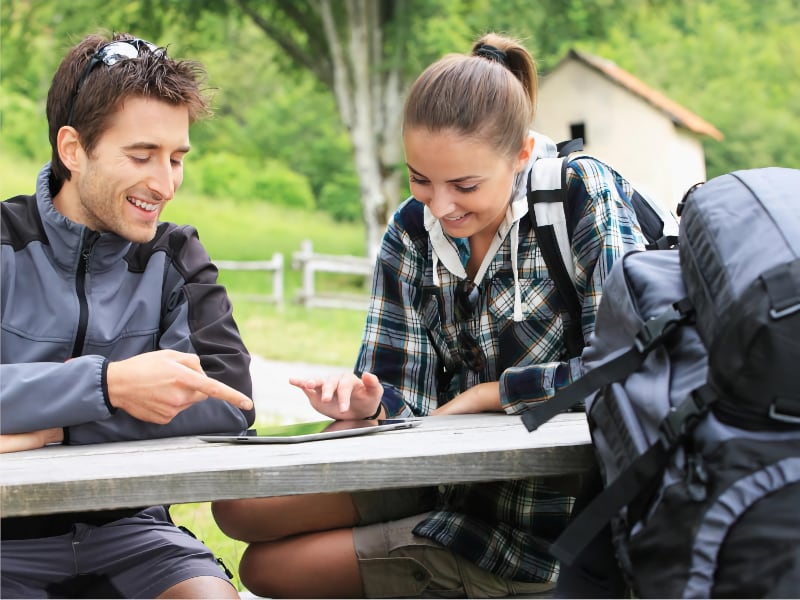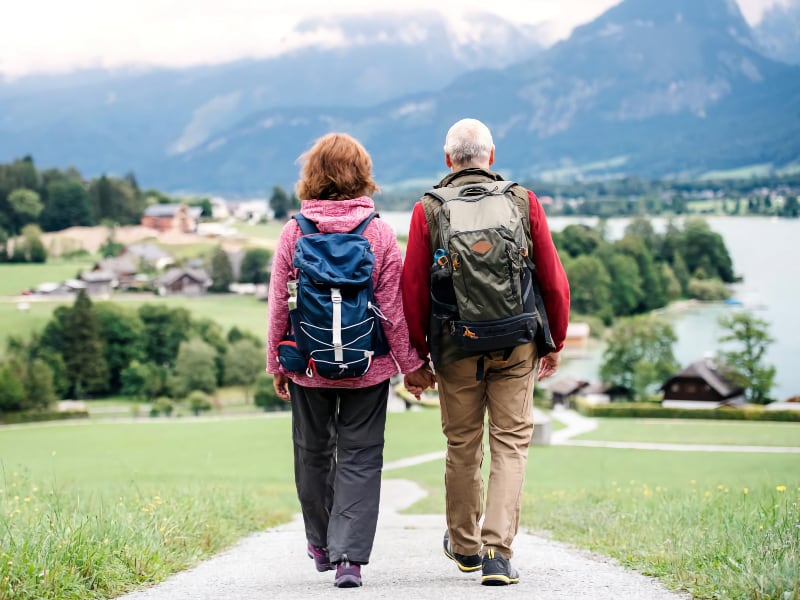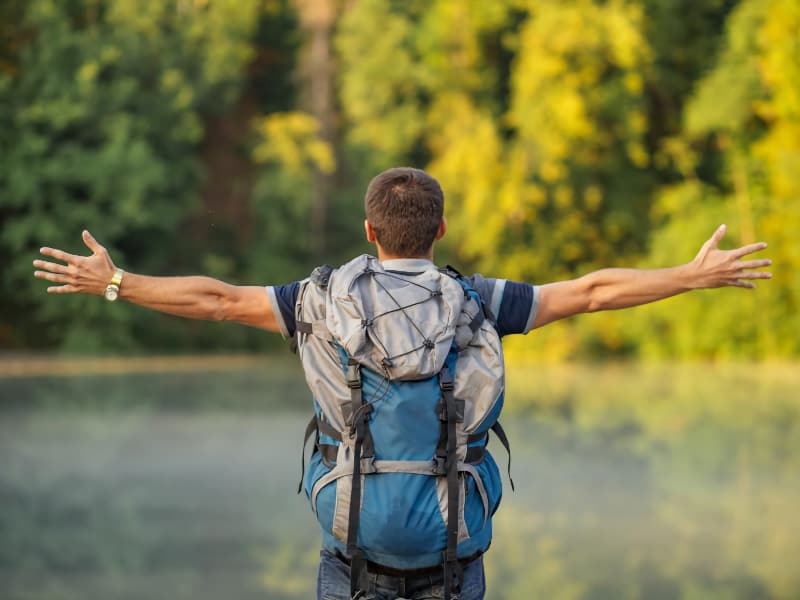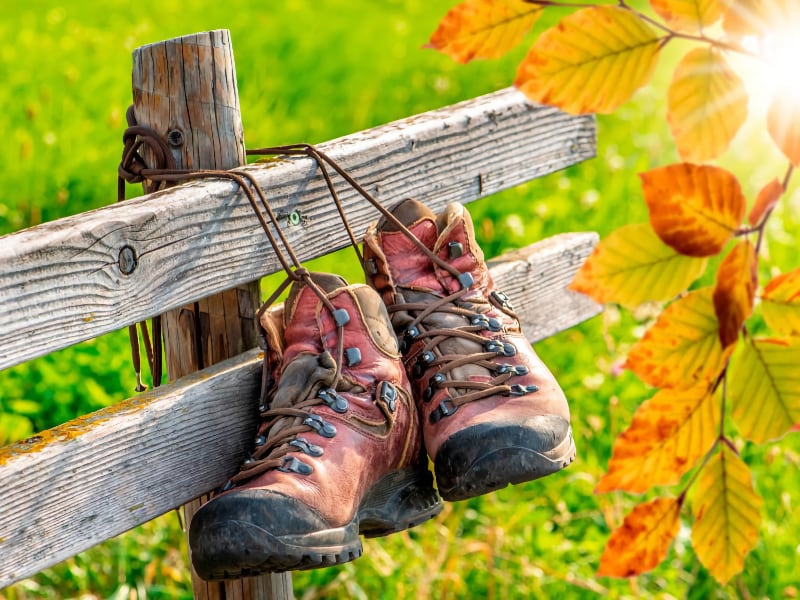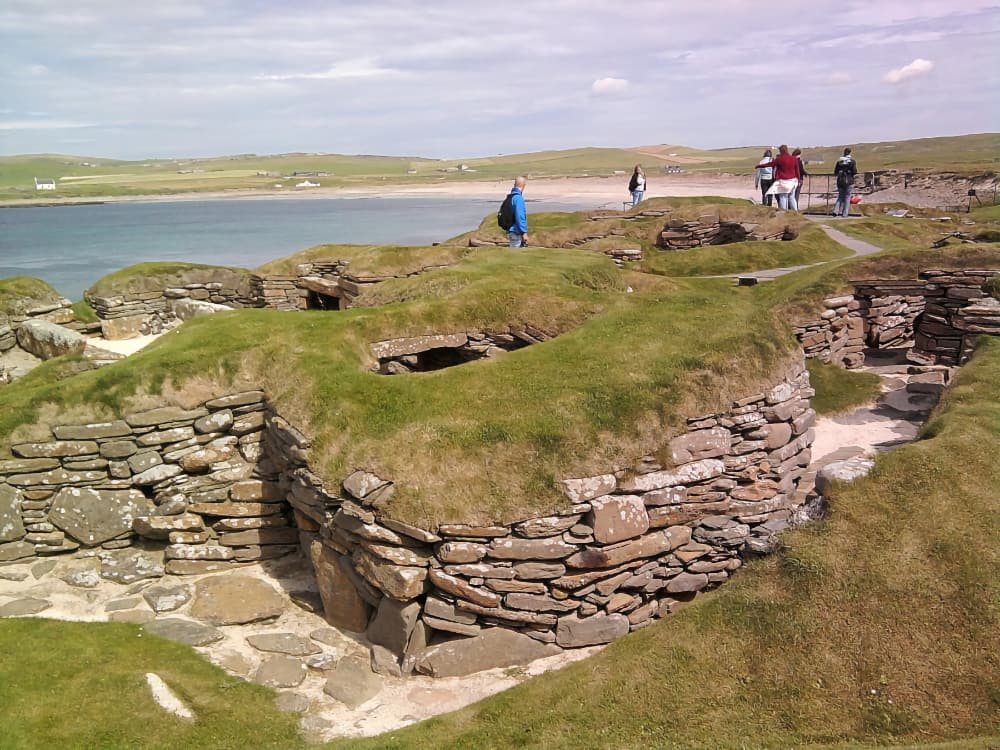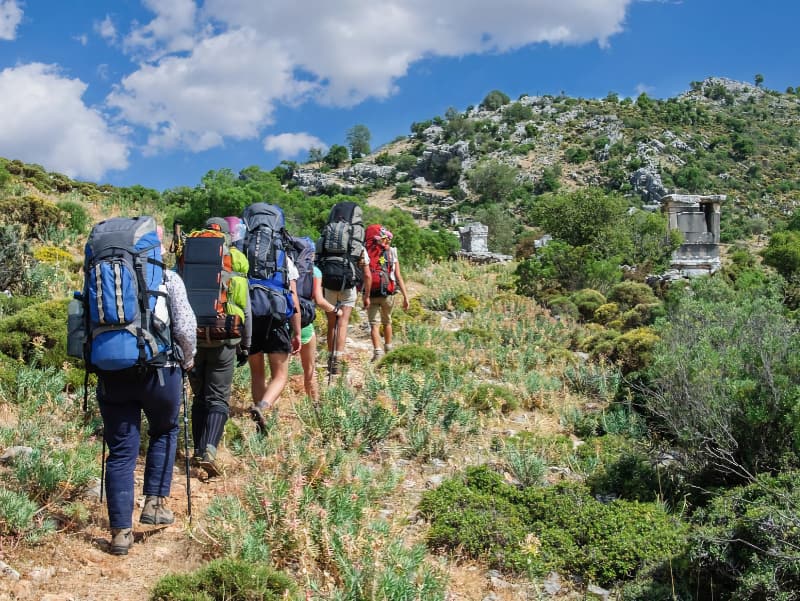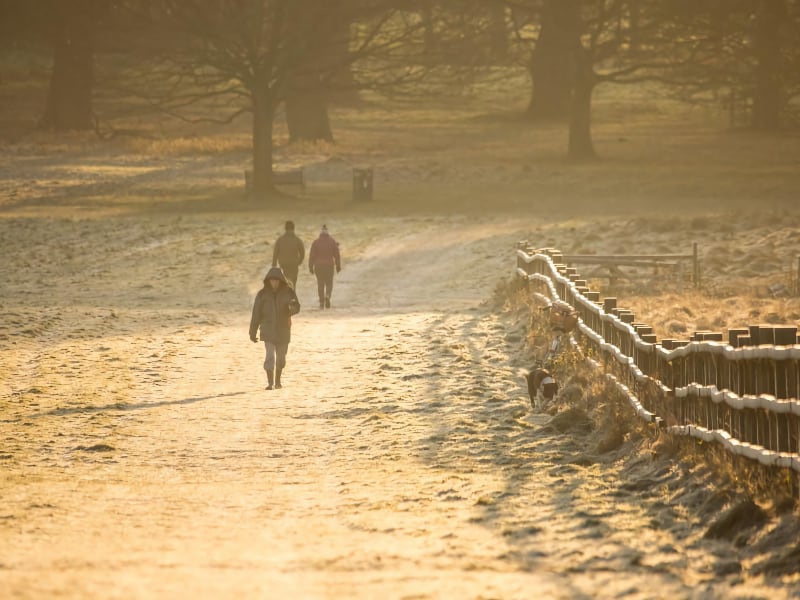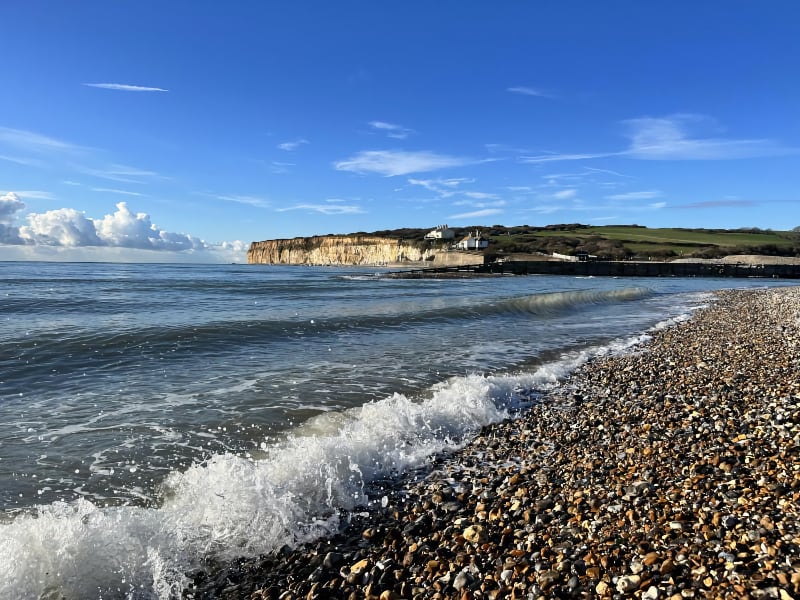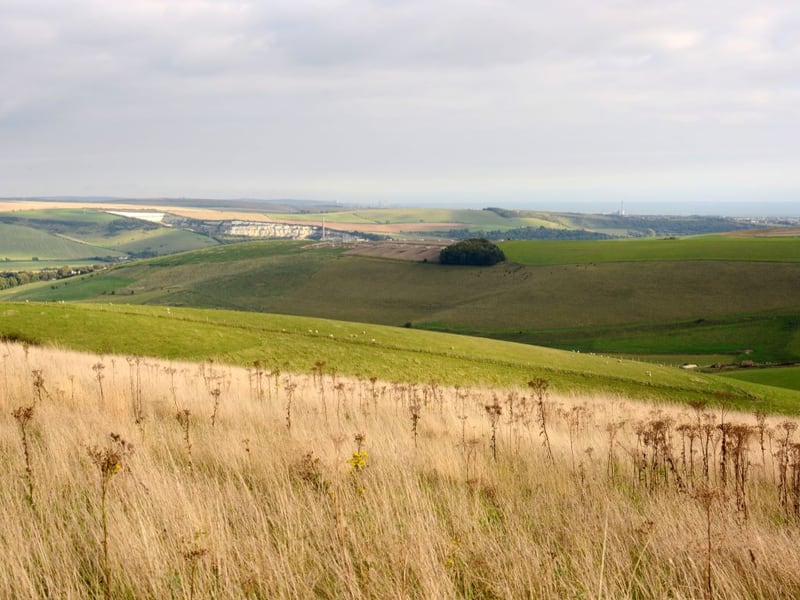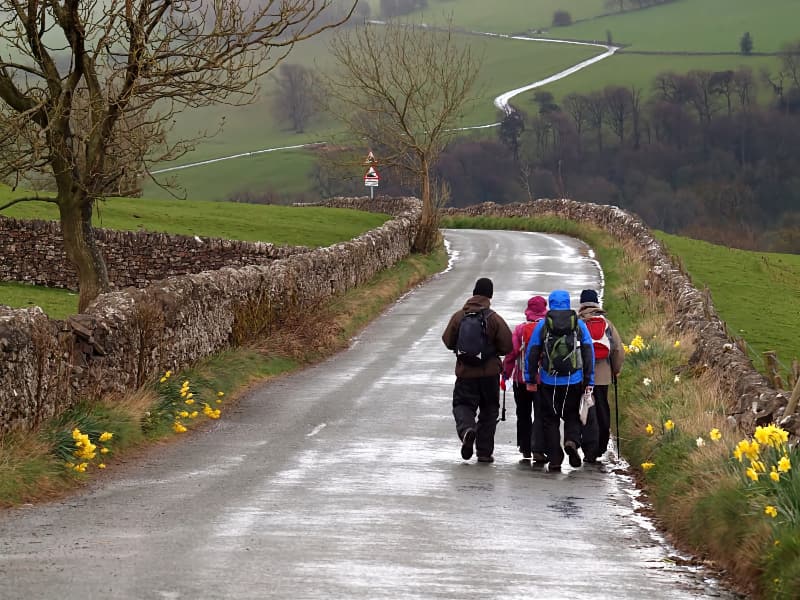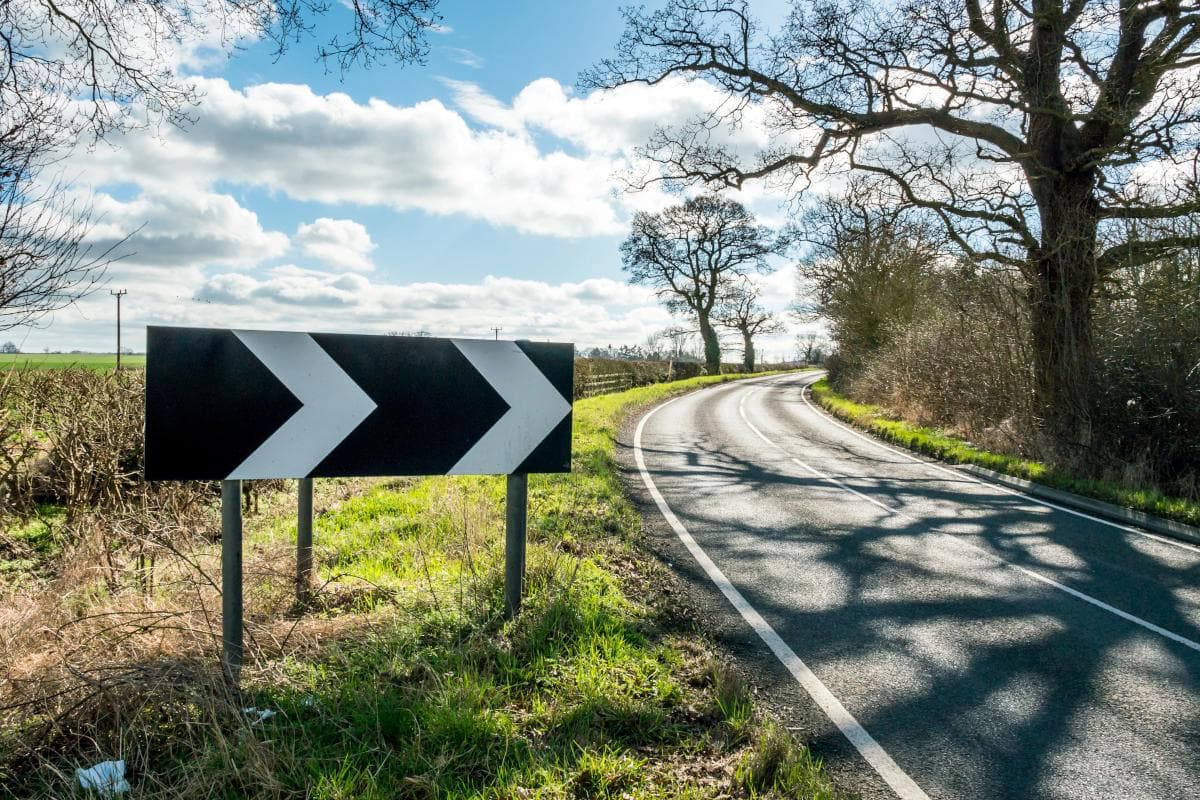
The UK has an abundance of walking routes and hiking trails to embark on, but whether you’re new to the world of hiking or a seasoned professional, staying safe is rule number one. From having the right kit to knowing your route and making sure others know where you plan to journey, preparation can make all the difference to how smoothly your walk goes.
One of the most important tips we can offer hikers is how to be safe on the roads, since many routes will make their way onto busy roads at one point or another. If cycling, running or hiking is on your 2025 resolutions list as a way of keeping fit and exploring more of the UK’s countryside, read on to ensure you don’t become a victim of an accident.
Understanding Road Risks
Rural and scenic roads differ substantially from urban environments, presenting distinctive hazards that require preparedness. These routes often feature limited visibility, narrow roads, unpredictable wildlife, and drivers less accustomed to encountering pedestrians or cyclists, which can lead to dangerous situations and accidents.
Blind corners, uneven road surfaces, and varying terrain can create sudden and potentially hazardous situations. Factors like reduced traffic density might also ironically increase risk, since drivers may be less attentive and travel at higher speeds compared to more congested urban settings.
Visibility Strategies and Survival Kits
Maximising visibility is paramount for road users’ safety. Make sure you have the right clothing and equipment to ensure you’re easily detectable to approaching vehicles. Wearing bright, reflective clothing during the day and high-visibility gear with integrated reflective elements in low-light conditions can dramatically reduce accident risks. It’s also recommended that you invest in LED wearable lights and strategically placed reflective tape on your regular clothing to alert drivers from greater distances.
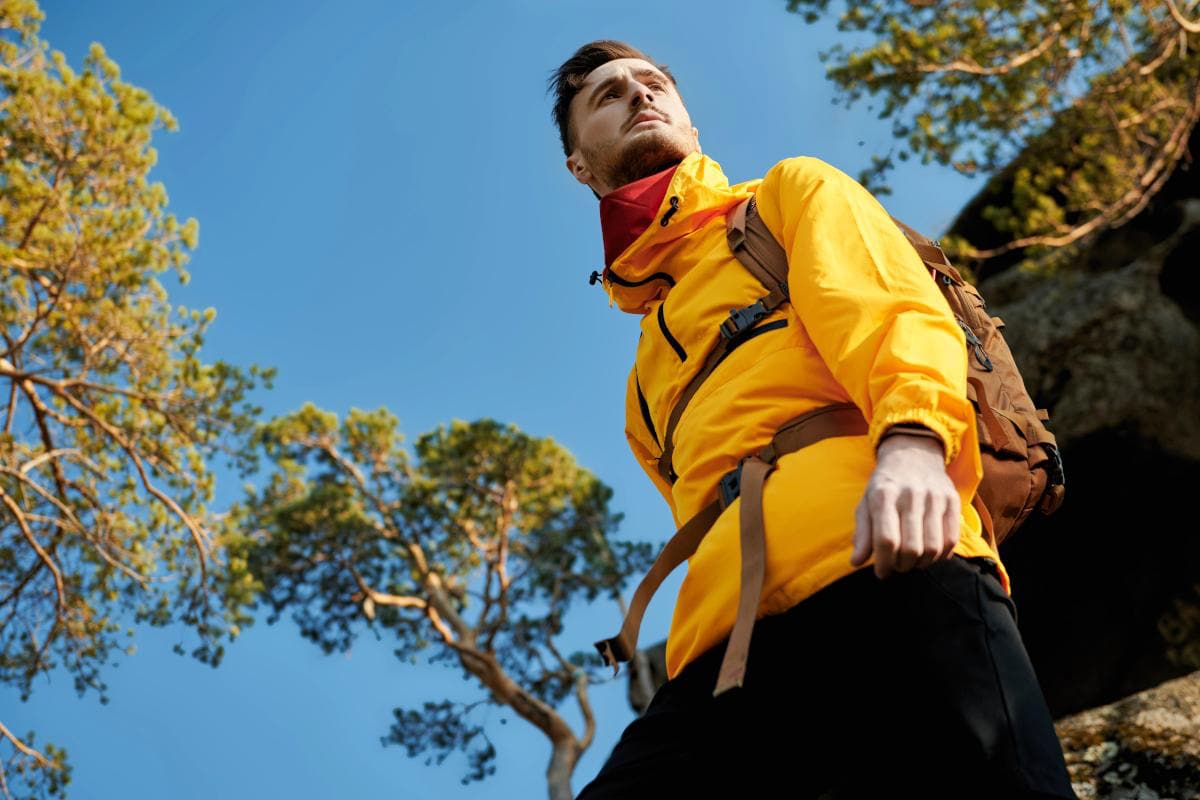
Proper safety equipment extends beyond a reflective jacket though. A well-designed safety kit should also include communication devices like mobile phones with emergency contact information, a fully charged power pack, basic first aid supplies, and a paper map in case your GPS technology fails or runs out of charge. It’s also important to have an emergency whistle, compact emergency blankets, and hydration resources that will support your safety and health during road-based hikes.
Check What Time the Sun Will Set
We know how tempting it is to keep going when you’re enjoying the route and scenery but be mindful of how much sunlight you have left. Remote trails won’t be lit, and roads won’t be either in more rural spots, so you need to head to your accommodation or set up camp for the night once the light dips. Check in advance when it’s likely to start getting dark so you can plan your route accordingly.
Weather conditions can change rapidly too, especially at higher altitudes or mountainous routes, so it’s important to check the forecast regularly and be prepared to pause your journey when it looks like visibility may be affected.
Know How to Signal for Help
If you find yourself in difficulty when hiking, it’s important to know how to signal to others that you need help. One of the easiest options is to take a whistle with you (some backpacks have them built-in, so check if yours does too). To carry out an SOS signal, do three short blasts followed by a further three longer blasts, and three short blasts again. If it’s dark, you can also use your torch to seek help by using the same pattern as with a whistle but using the flash so, three short flashes, three long, and three more short flashes.
Route Planning and Preparation
Comprehensive route planning serves as a fundamental safety strategy for road users, particularly if it’s a new adventure. This process involves meticulously researching the characteristics of the road, identifying potential hazards, and mapping alternative paths that minimise risk. Make sure you understand the local traffic patterns, road width, surface conditions, and historical accident data which will inform an intelligent route selection.
Make sure someone else knows where you’re planning to hike or cycle, especially if you’re travelling alone, but even if you’re hiking with someone else. You should provide them with an estimate of when you’ll be home or when you’ll be in touch, so they can seek help if something happens on the route and you don’t make it back when expected. Location devices like GPS trackers are also handy if you think hiking will become a regular activity for you—they’re compact and easy to use but will keep you safe if you’re heading to remote locations.
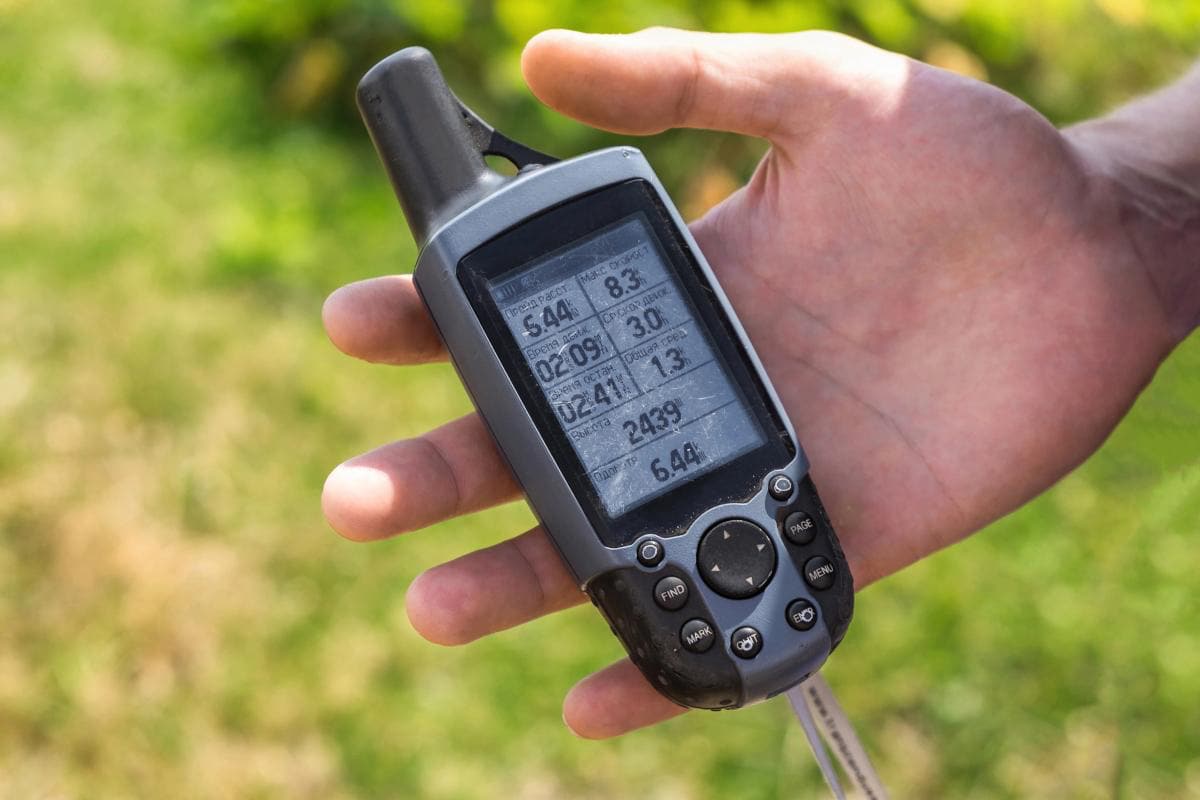
Legal Considerations
Navigating rural roads requires a thorough understanding of local traffic regulations, right-of-way principles, and your ethical responsibilities as a road user. Hikers and cyclists should familiarise themselves with the countryside code laws governing pedestrian and cyclist movements, as well as their legal rights and obligations. This includes awareness of insurance implications, potential liability issues, and the importance of responsible road use that respects both personal safety and the rights of drivers.
Walking or running while facing oncoming traffic allows you to be clearly observed by approaching vehicles, so they can react quickly. It’s also worth being aware when on blind corners or narrow road sections, and how to respond to potentially aggressive or distracted drivers—in other words, continuous situational awareness and adaptive decision-making skills are key.
Safely navigating rural and scenic roads demands a thorough approach combining awareness, preparation, technology, and continuous learning. Make sure you implement the safety strategies we’ve outlined above so that road users can clearly see you and avoid potential accidents while you’re enjoying the unique experiences offered by these challenging environments. The ultimate goal remains creating a harmonious interaction between pedestrians, cyclists, and motorised vehicles, which means prioritising safety at all times.
Inspired to take to the trails? Order your copy of ‘Walk Yourself Happy’ today.
Author: Annie Button


